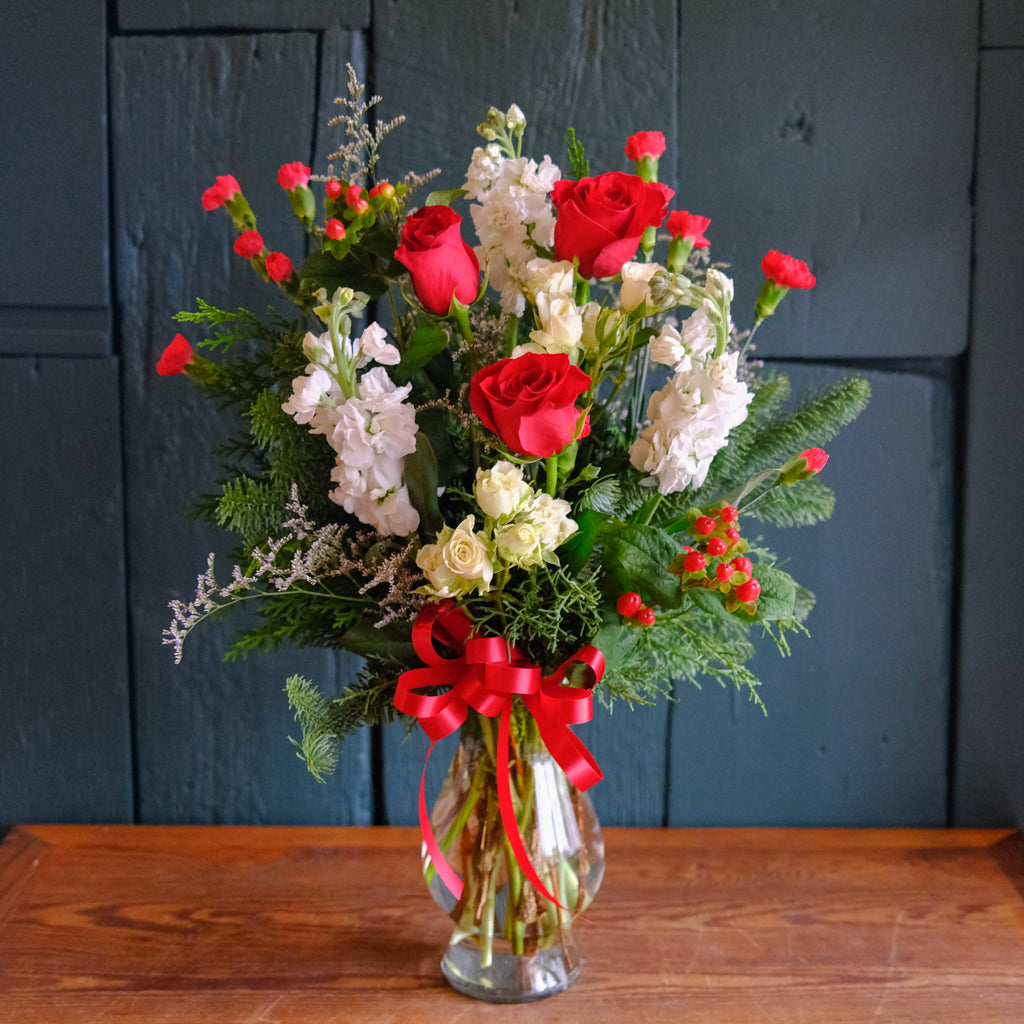Herbs have been used medicinally and for culinary purposes throughout human history; herbs are even depicted in cave paintings! Cooking with herbs can be a process of trial and error, but over time, every home chef can discover some simple pairings that highlight foods' natural flavors. And when in doubt, there is certainly no shame in following a recipe.
As you experiment with your own favorites, you may start to notice differences in the quantities of herbs you use to flavor foods. That's because some herbs are "soft" and some are "hard". Soft herbs have tender leaves and stems and are best used fresh. You typically will add them toward the end of the cooking time. Some examples of soft herbs would be chives, basil, parsley, and mint.
Hard herbs are more potent than soft herbs. You can use them dried or fresh, and you will typically use them in much smaller quantities than you will soft herbs. Hard herbs are often added at the beginning of recipes that cook slowly--think stews, roasts, and soups. Examples of hard herbs include rosemary, bay, thyme, oregano, and sage
We invite you to browse our herb plant selection, or if you'd like to jump-start your herb collection or gift some fresh tastes to someone you love, our Kitchen Herb Gardens are a great option. They are fully customizable to your culinary taste, and they work wonderfully in small spaces like patios and decks.


